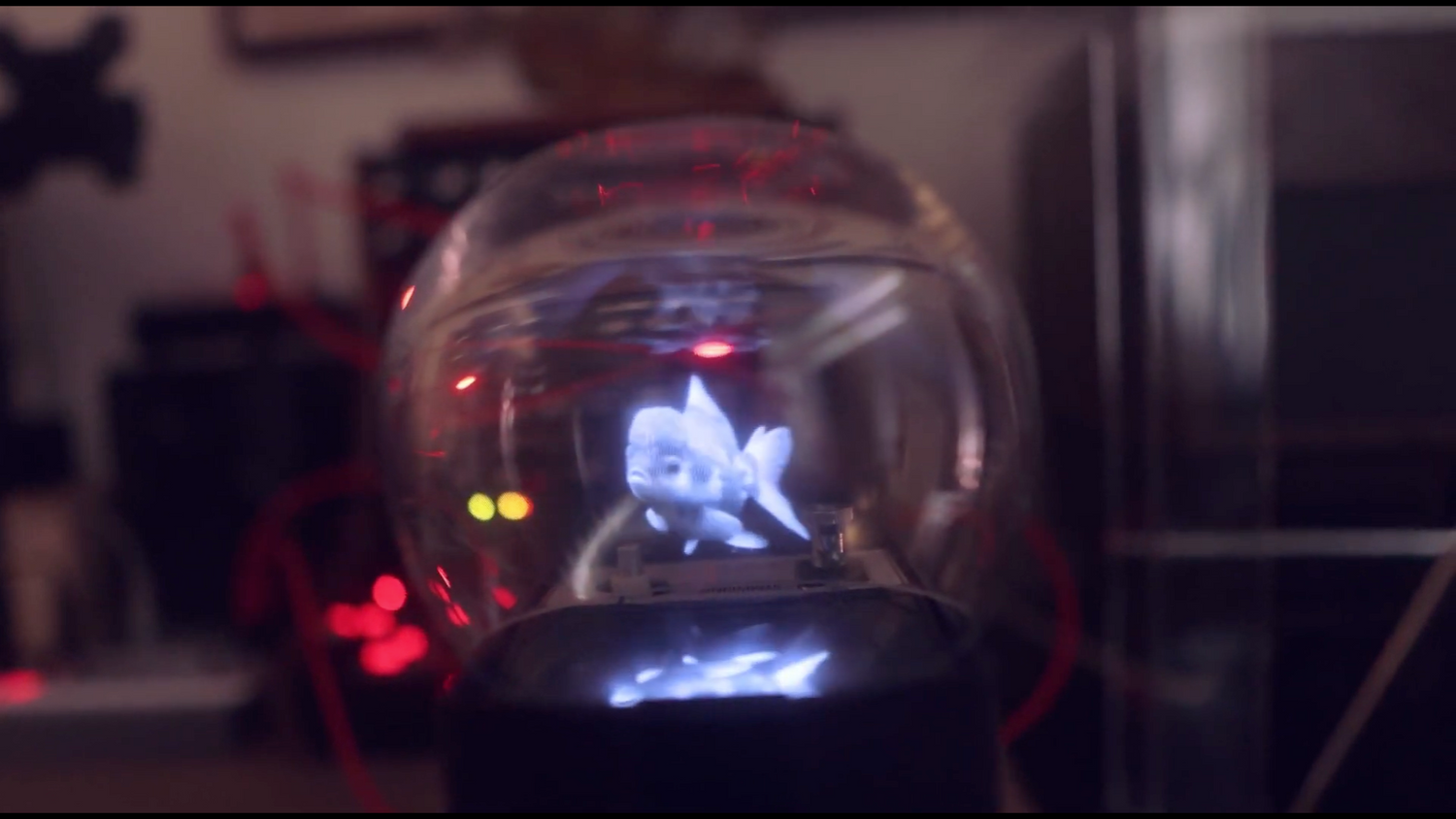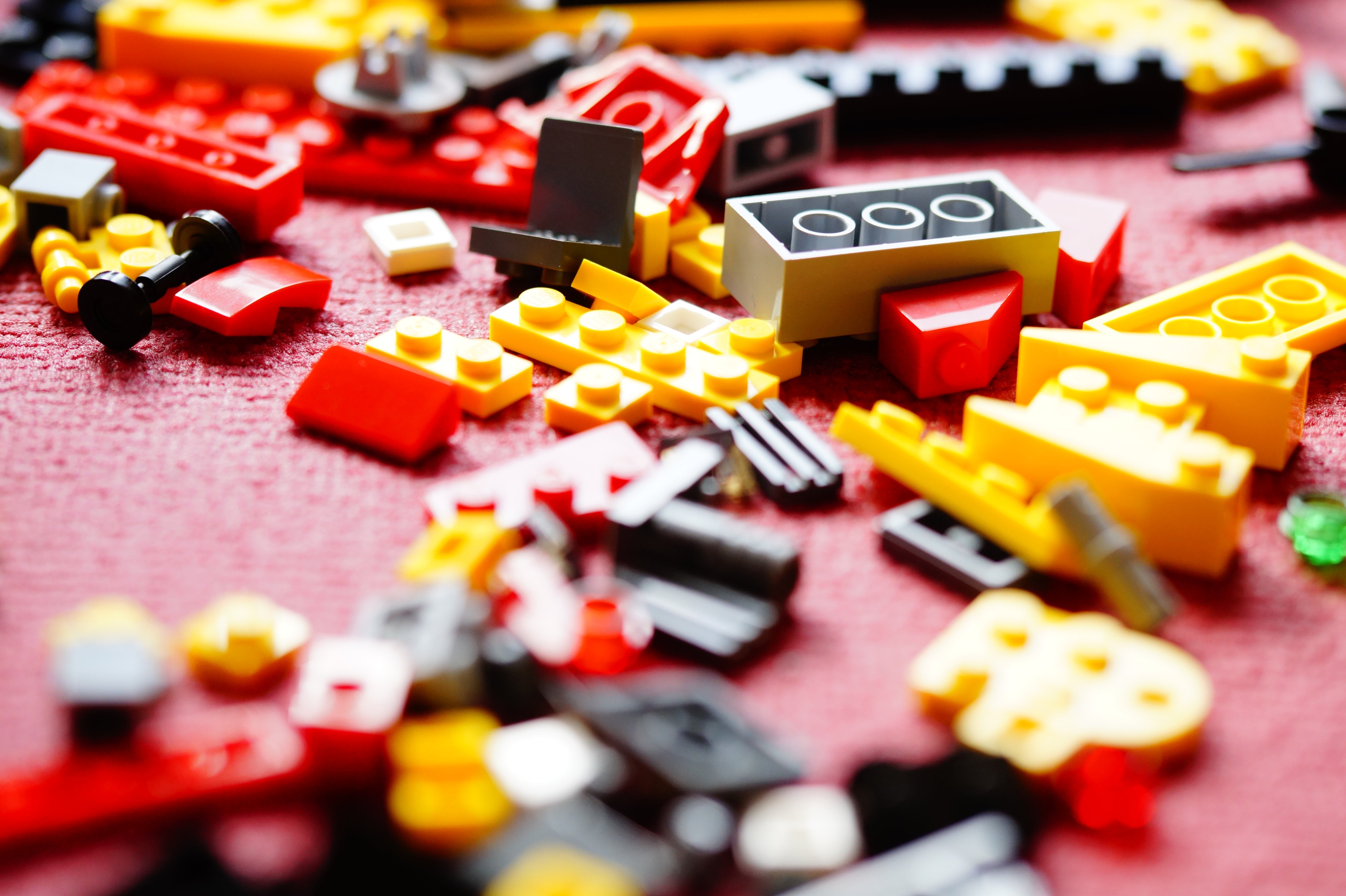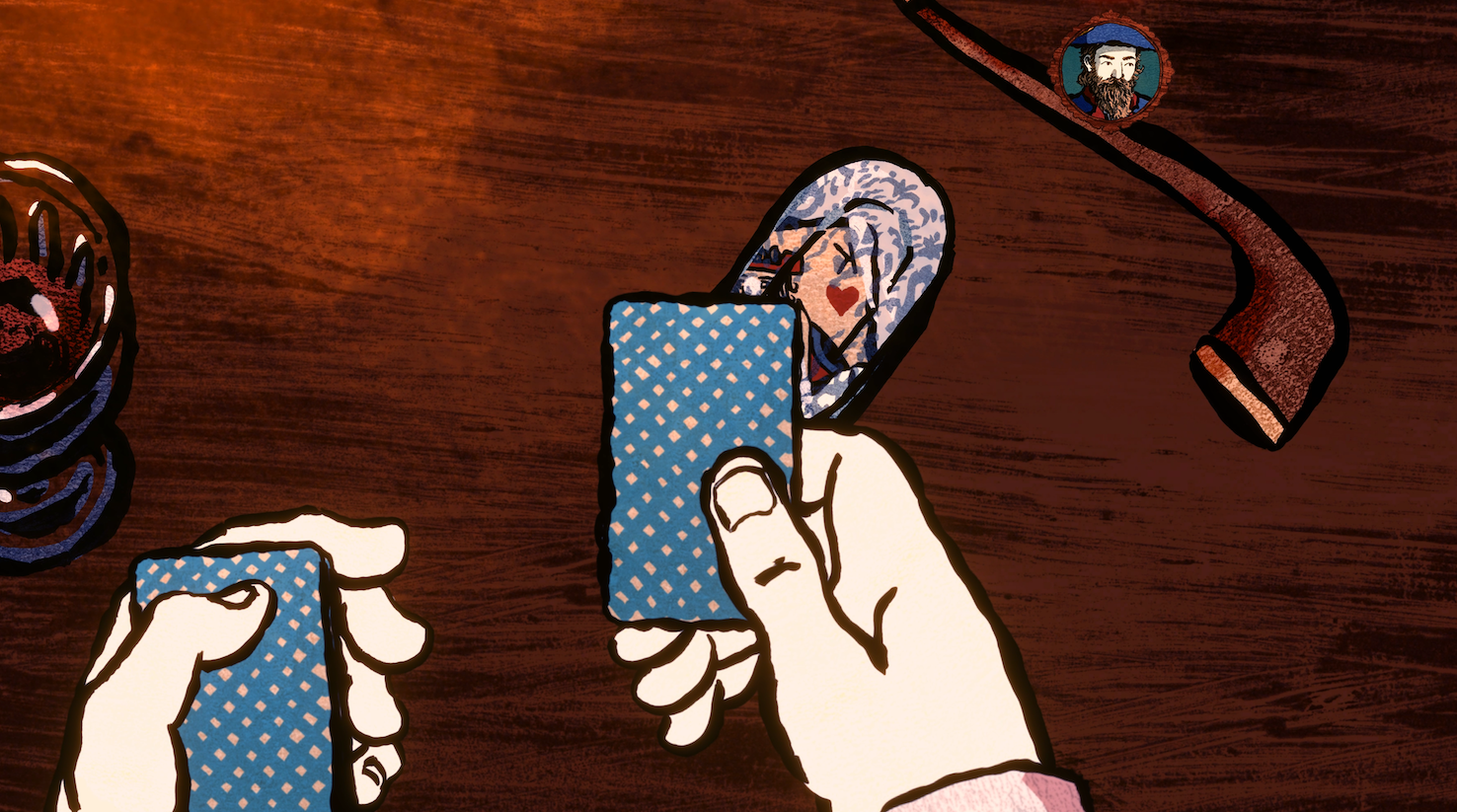Ever accidentally catch a glimpse of yourself in a window pane? Well that ghostly reflection is actually the basis of an illusory stage effect that dates back to the 1500s when playwright Giambattista Della Porta described an apparatus allowing the theater audience to “see in a Chamber things that are not.”
Decades later, this illusory technique—known today as the “Pepper’s ghost”—was refined and popularized by John Henry Pepper (1821-1900), an inventor and lecturer at London’s Royal Polytechnic Institution. No longer a Victorian parlor trick, Pepper ghosts have been used in amusement park attractions, cinemas, museums, television, music videos, and theaters since the turn of the century.
If you’ve ever been on the Haunted Mansion ride at Disneyland, you’ve encountered Pepper ghosts dancing in the ballroom, sitting together at dinner, and floating in midair. In recent years, the Pepper’s ghost effect has resurrected famous performers from the grave, like when Tupac Shakur performed alongside Snoop Dogg and Dr. Dre at Coachella in 2012.
All these impressive illusions use the same basic principle of reflecting light from an angled surface and, sometimes, through another object.
How the Illusion Works
The transparent reflection you see in a plate of clear glass is created when light waves bounce off the surface and pass through to the other side. When you look at your reflection in a window, you’re seeing yourself as though you were on the other side of the glass.
Now imagine that the glass is being held at a 45-degree angle and you’re looking down onto it from above. The light waves hitting the glass from below will be reflected up towards you. If there is something behind the glass that the light can pass through, like a white sheet or scrim, you will see your reflection in it. If the light is moved back and forth, the reflection will disappear and reappear, giving it a hologram effect.
Besides entertainment, the Pepper’s ghost effect is used for teleprompters, allowing public speakers and newscasters to read from a scrolling reflection. You’ll also see it in some cars that reflect the speedometer’s reading onto the windshield.
Ghosts as Art
Joshua Ellingson, a digital artist and professor at California College of the Arts, applies the reflective principle to multimedia collages using electronics, projectors, and everyday objects like bell jars, fishbowls, fruit, and even a rubber duckling.
“I think the first time that I saw the Pepper’s ghost illusion was on the Mr. Wizard’s World Nickelodeon TV show in the 1980s,” Ellingson says. “I remember he had a dimly-lit room set up in which a skeleton materialized in a chair. It seemed like way too complicated of a project for a kid’s show but kind of mind-blowing. Where would I get a full size human skeleton? It wasn’t until 2019 that I watched a documentary about Disney Imagineering that I decided to try out the technique with things I had laying around the studio. I was hooked immediately.”
Ellingson is forthcoming with his social media about his process, regularly sharing videos of experiments and encouraging others. “The feedback has been very positive and encouraging,” he says. “I like hearing from others that have tried out some version or another of the illusion.”
For anyone willing to give it a shot, Ellingson has a few tips: “Reflections and projections are not the same thing,” he points out. “Polycarbonate is better than acrylic, and Pepper’s ghosts can only be as tall as the angled reflector at 45 degrees. There’s no use buying a tall bell jar if the illusion can only occupy the bottom area.”
Digital Decorating
Stage crafters and others have found ways to create Pepper ghosts without the heavy plates of glass that take up space and are hard to hide. By using coated fabrics and projectors instead, moving images can appear on walls and any flat surface. One example is the trend of “digital decorating,” where homeowners cast illusory presences like Santa Claus, Halloween ghouls, celebrities, or festive scenes on their home exteriors at night.
The special kits sold for this purpose include a scrim, a gray material to hang instead of the sheet of glass used in Pepper’s time. When lit correctly, the scrim appears invisible to the viewer but allows the ghost to reflect onto the performance space. Scrim fabric, light in weight and easy to hang in large areas, allows the ghost effect to work in large arenas and amphitheaters, places Pepper himself probably couldn’t have imagined.
Make Your Own Pepper Ghost
Pepper’s ghost has come a long way since its invention in the early 1800s. Its simplicity is what makes it so versatile, and with a little ingenuity, you can create your own Pepper ghost. Follow this simple DIY tutorial adopted from Ellingson’s technique, and you’ll be scaring folks in no time.
Supplies
- A letter-sized transparency film sheet (like the ones used for overhead projectors)
- A globe display case (this will fit over your smartphone or tablet)
- A Sharpie and a pair of scissors

Instructions
- Set the globe aside carefully from the box
- Grab one half of the styrofoam case the globe shipped in and lay the film sheet over it
- Trace the inner dimension of the globe-sized crater, including the flat edge for the base
- With the scissors, cut out the circle about one-sixteenth of an inch from the inside of the tracing
- Fold the circular film sheet and insert it into the globe. Trim as needed until the sheet rests in the globe at a 45-degree angle
- Find a video of an object against a black background, and place the globe on top of it (Shutterstock has a variety of options, like this goldfish). Reposition accordingly

Once you have your basic equipment and understand how the concept works, you can try making ghosts in other places. So get out there and start haunting!
Words by Anne-Marie Yerks
Image courtesy of Josh Ellingson







Leave a comment
This site is protected by hCaptcha and the hCaptcha Privacy Policy and Terms of Service apply.